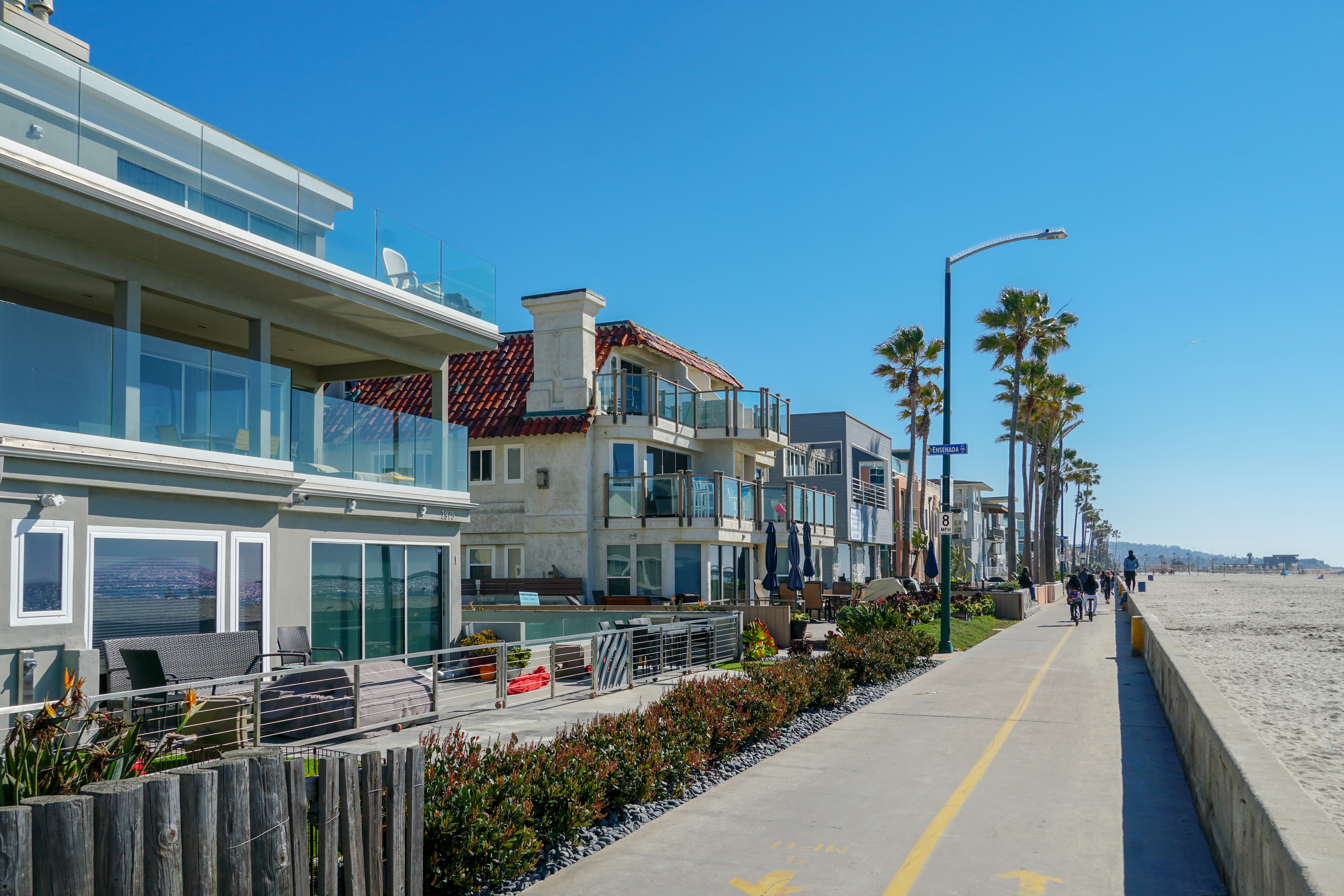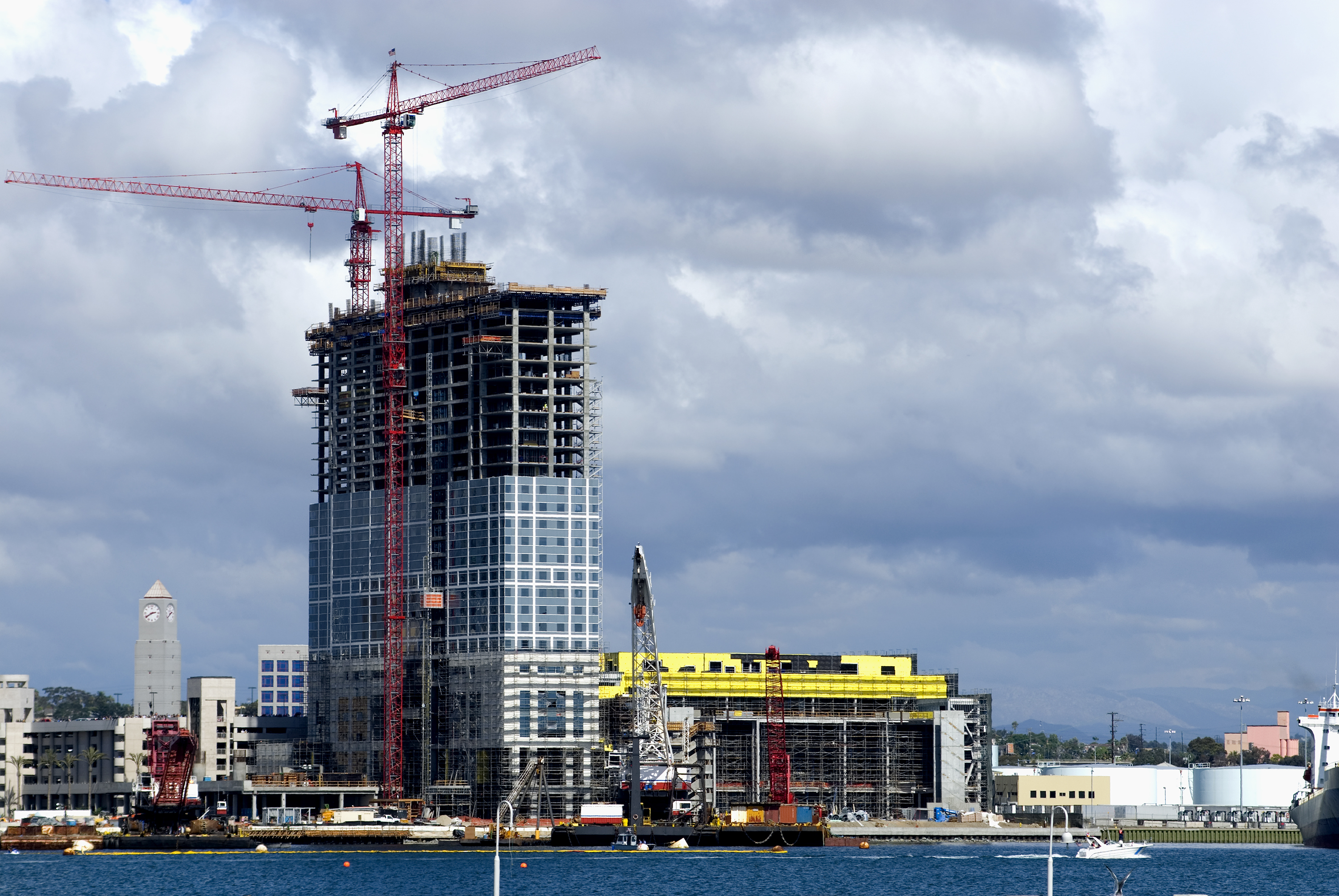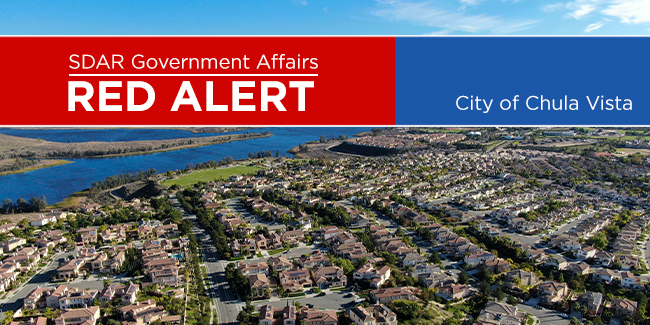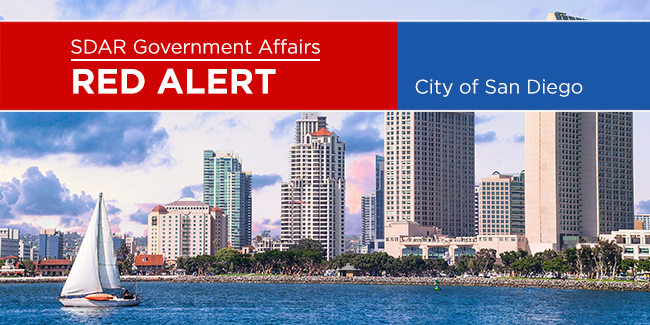On Tuesday, July 30th the San Diego City Council voted to approve a proposal to more than double the in-lieu fee for residential developments. The amendment to the City's inclusionary ordinance was approved by a 5-4 vote despite widespread opposition from developers, the business industry, local economists, real estate professionals, among others who expressed concerns the proposal would further constrain new housing production and increase costs for both renters and home buyers.
.jpg?width=478&name=IMG_4381%20(2).jpg)
The Greater San Diego Association of REALTORS® (SDAR) 2019 President Elect Carla Farley spoke on behalf of SDAR's more than 20,000 members requesting that City Council oppose the proposal.
Council Vote: Support - Gomez, Bry, Campbell, Ward, Montgomery | Oppose - Kersey, Cate, Sherman, Moreno
Of note, Councilmember Vivian Moreno broke with her Democratic colleagues and voted in opposition to the proposal. As six (6) votes are needed to override a mayoral veto, the resulting 5-4 vote on July 30 means that Mayor Kevin Faulconer may ultimately determine the fate of this amendment to the City's inclusionary housing ordinance.
Following the vote, Councilmember Chris Cate issued the following statement calling upon Mayor Faulconer to veto the proposal:
The item approved today is counterproductive to the progress the City has made to tackle our housing crisis head-on and adopt bold policies that would provide relief to all San Diegans. At no time during the discussion at Committee, or here today, did a speaker come forward and state that this proposal will increase the production of housing in our City. Rather, we are debating the varying degrees of negative impact this proposal will have on production and hoping developers will not choose to simply build in surrounding cities, or not build at all. A likely project in my Council District under this proposal will result in increased rents of as much as $300 per month for an 800 square foot apartment, and property owners would see as much as a 55% loss in land value, declaring projects economically infeasible and cripple future housing production. While I appreciate the intent is to increase the amount of funding for subsidized housing, that funding does not exist if there is not the development of market rate housing. For these reasons I voted no on today’s proposal and ask Mayor Faulconer to issue a veto.
Background
On May 15, 2019 the City of San Diego Rules Committee approved a motion to amend the City’s Inclusionary Affordable Housing Ordinance. The proposal moved forward for consideration by the full Council. Provisions in the ordinance include:
- Rental Housing Projects – Require that developers set aside 10% of newly developed units as affordable to individuals making 50% of the local area median income (AMI) (previously set at 65% AMI). The alternative is for developers to pay an in-lieu fee of $22.00 per square foot, which is increased from the current level of $10.82.
- For-Sale Projects – Maintain the requirement that projects build 10% of units on site for individuals at 100% AMI or 15% of units at 120% AMI. The alternative is for developers to pay the in-lieu fee of $22.00 per square foot (increased from $10.82).
Key Findings
The Building Industry Association commissioned a study of the inclusionary ordinance amendments by economist Dr. Lynn Reaser of Point Loma Nazarene University. According to the analysis, the proposal would have the following impact:
- Decrease overall housing production by 4.6% and result in increased rents (3%) and home prices (2.5%)
- Result in only 73 additional affordable housing units, but a reduction of 322 market-rate homes and apartments
- For every family that might secure one of the affordable units, between four and five households would be priced out of the market
- Increase new home prices by $17,000 and rents by $1,092 per year
- Price 8,500 households out of the market for new homes and apartments
Reaser, Hale, MacCuish, & Hosmer, 2019)
Why We Oppose
SDAR is opposed to costly new fees and regulatory barriers that drive up housing costs and prevent San Diego families from realizing their dream of homeownership.
Housing supply remains the key driver of our state’s unaffordable housing costs. In the City of San Diego, the lack of new housing supply is largely attributed to the high cost of development and results in our region producing only about 50% of the housing needed to keep pace with demand on an annual basis. In fact, a 2015 report from the Fermanian Business & Economic Institute at Point Loma Nazarene University found regulatory costs account for about 40 percent of the final price of a new home in San Diego County. It was even higher – 47 percent – in the City of San Diego.
(Reaser, Opening San Diego's Door to Lower Housing Costs , 2015)
While we remain encouraged by some of the actions over the past couple of years to address the costs of new housing developments, more needs to be done to streamline the development process and bring online housing that will benefit individuals of all income levels. Unfortunately, this proposal under consideration by the San Diego City Council will only deepen our region’s housing supply crisis and prevent a greater number of families from buying or renting a home in San Diego.







